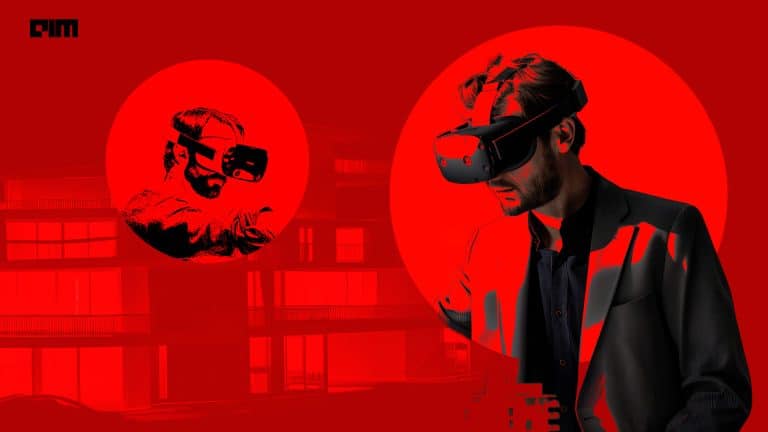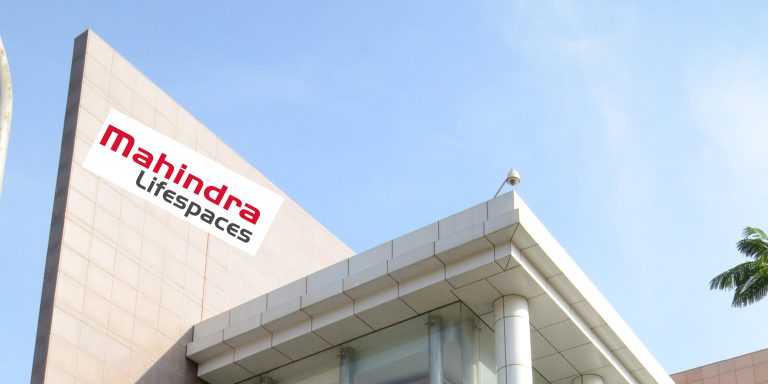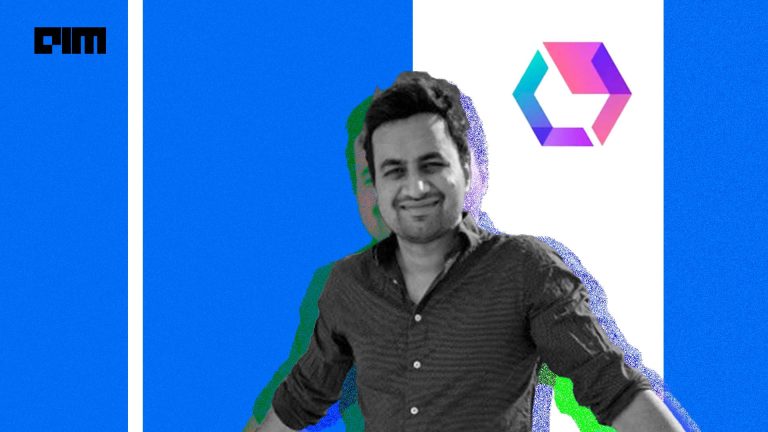Last month, India’s prime minister Narendra Modi inaugurated the Pradhan Mantri Sangrahalay, aka PM Museum, located in Teen Murti Bhavan, New Delhi, on account of Ambedkar Jayanti (April 14, 2022). The museum captures the life of all the Indian prime ministers since independence, starting from Jawaharlal Nehru to Lal Bahadur Shastri, Rajiv Gandhi, Indra Gandhi, H. D. Deve Gowda, and others.
The cost of this project is estimated to be around INR 300 crores. The museum is spread across 15,600 sq. metres and has about 43 galleries that display the freedom struggle and framing of the Indian constitution.
The museum was digitised by Gurugram-based next-gen, experiential startup Tagbin, alongside other technology partners and firms in the country. The company has leveraged various technologies like AR/VR, and analytics to create some of the galleries alongside a museum software platform for monitoring and maintenance purposes.
Founded in 2013, Tagbin is a technology-based company started by IIT Roorkee alumni Saurav Bhaik. The company specialises in experiential and digital design services for museums and experience centres. Currently, it is working very closely with the Ministry of Culture, GoI, and state governments to craft experiential solutions.
“We played three roles here as design, technology and project management consultant,” said Bhaik, saying that the work began two years ago.
In March 2020, Tagbin got the contract. They started designing the museum from scratch, followed by curating content available from different prime ministers and essentially capturing the journey of how India has transformed in the last 75 years.
Here’s a quick glimpse of the museum:
Inside PM Museum
As soon as you enter the museum, you will notice a levitation emblem near the reception desk. This weighs about four kilograms, and it uses electromagnets that continuously have a feedback mechanism. “Generally, magnets tend to repel each other or attract each other and then go out of the field, but the question is, how do we make it float? We have used an algorithm that gives us feedback to these electromagnets to increase or decrease the strength in a particular direction,” explained Bhaik.
Driven towards experiential, the team has set up various pods, control centres, and crystal ball where it takes visitors back in time. Here, they can experience the moments when India became nuclear, during the Kargil war, etc. They can listen to the story, see the crowd cheering, feel tremors, vibrations of blasts, etc.
Citing the ‘Selfie with Prime Minister’ zone at PM Museum, Bhaik said they have leveraged AR/VR and AI/ML to help visitors take photo-realistic selfies with the prime ministers of India. “Once clicked, the selfie would be sent directly to the visitor’s email straight away,” said Bhaik. Similarly, there is a setup of a helicopter that comes with an immersive screen and motion controllers and sensors, which offers visitors a realistic experience.
Besides these, another interesting installation at the museum includes a handwriting robot, which writes personalised messages from the Prime Minister in their handwriting, and their signature at the end. The team has used image processing techniques, where they have run AI/ML algorithms on an image dataset consisting of handwritten letters of different prime ministers. “Once the message and prime minister is selected, the robotic arm which holds a pen would then start to write your personalised message on the paper,” explained Bhaik.
Last but not the least is ‘India at 2047’ feedback wall, where the museum is collecting data from the various visitors on their idea of future ‘Bharat’ – i.e. how India would be in 2047 – the foundation of this has been laid by the current prime minister, Narendra Modi. “To date, we have had about one lakh visitors; we are putting analytics behind this, which can one day become a major policy tool for the government,” shared Bhaik.

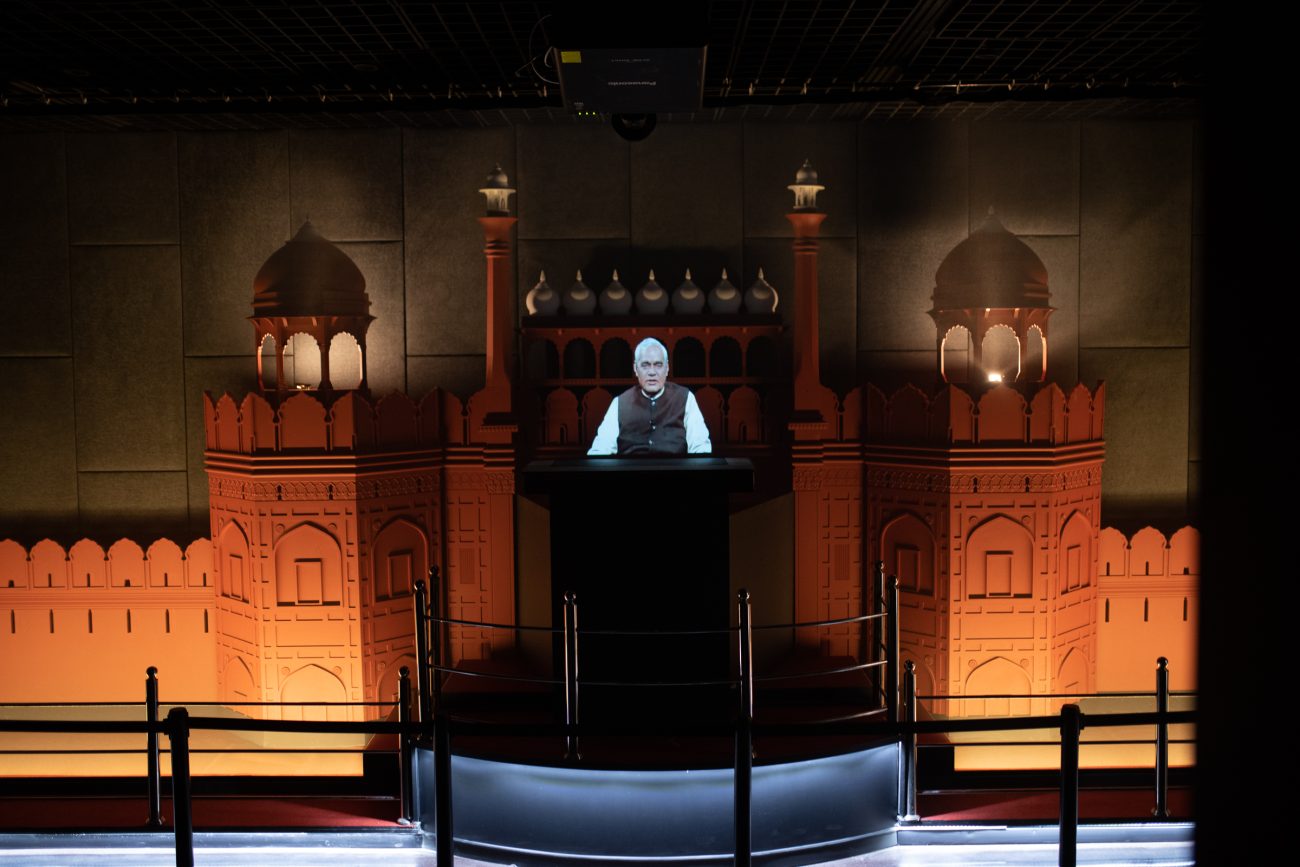


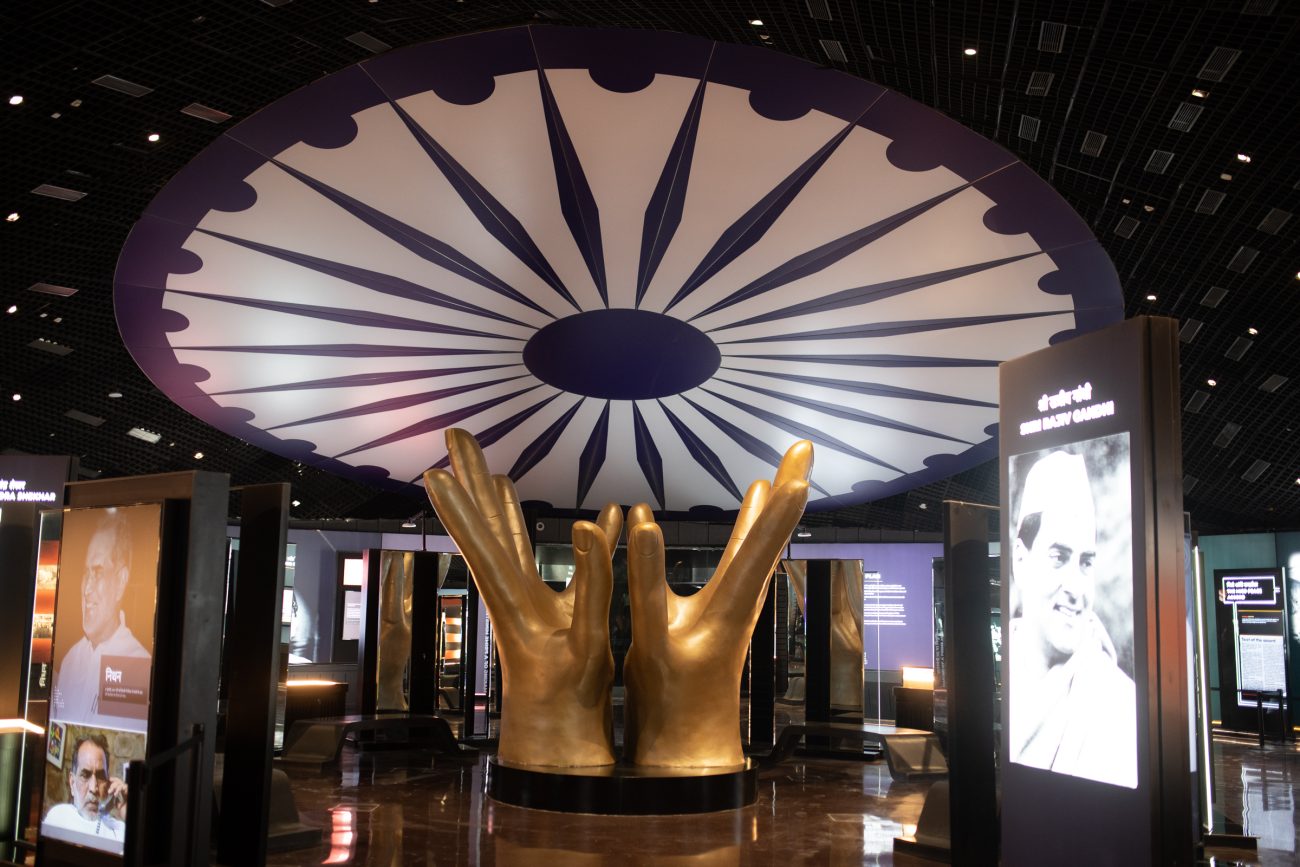


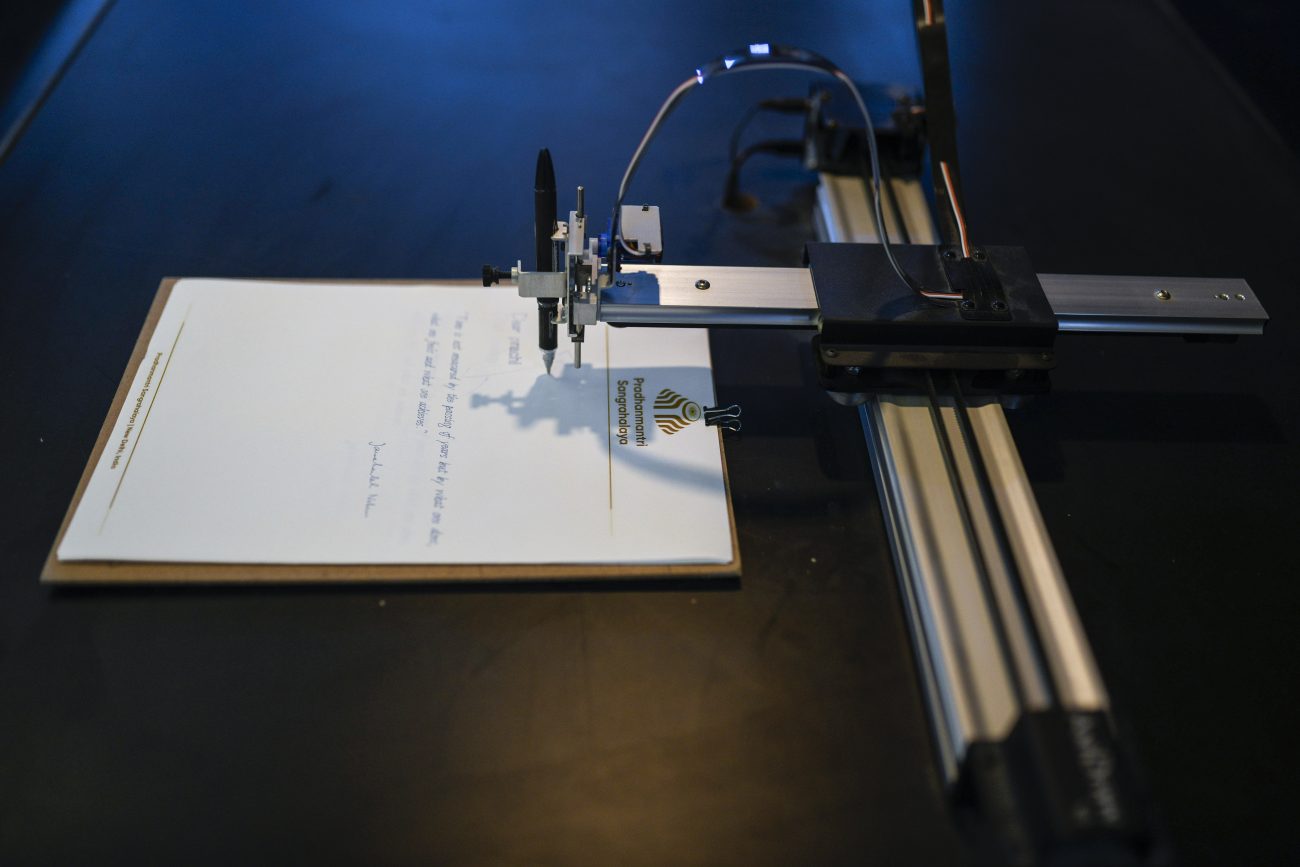

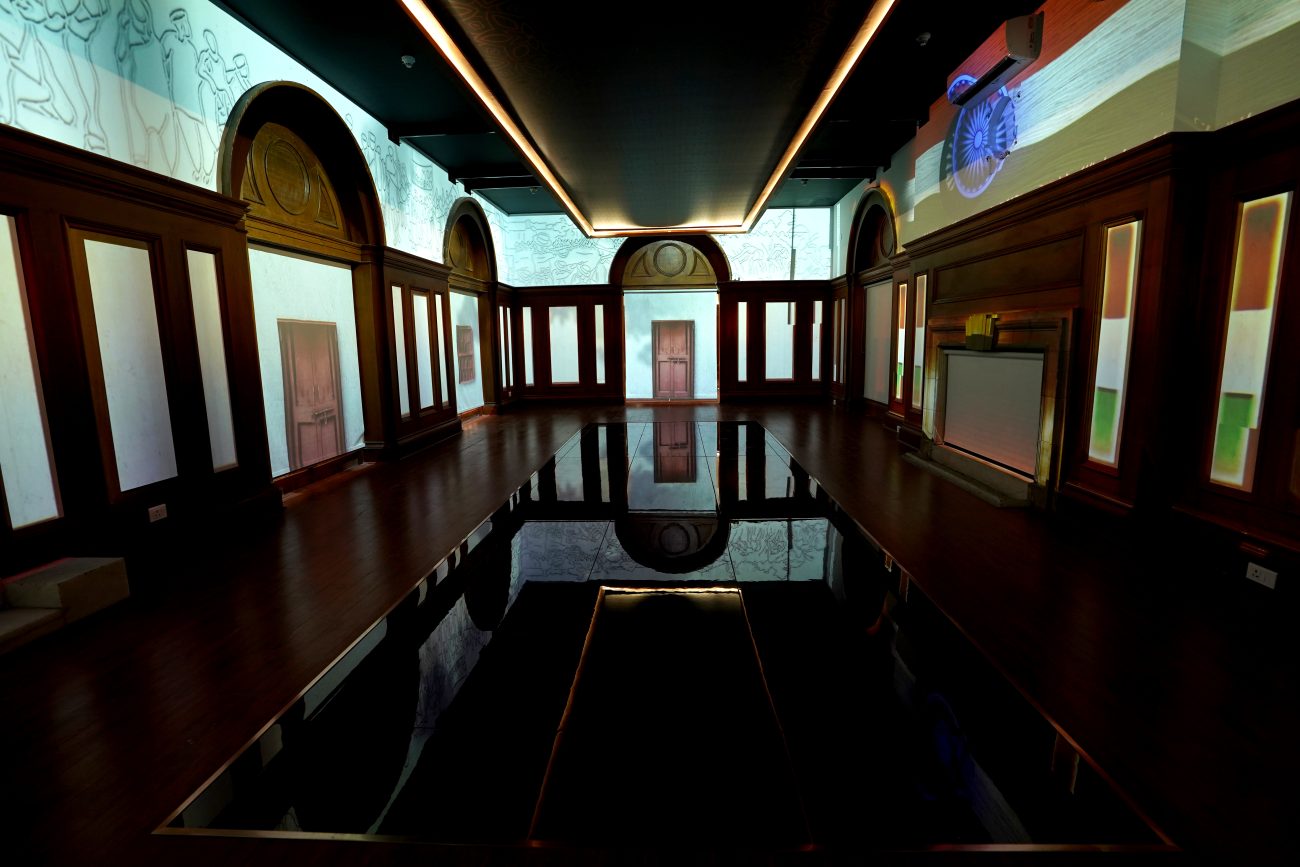
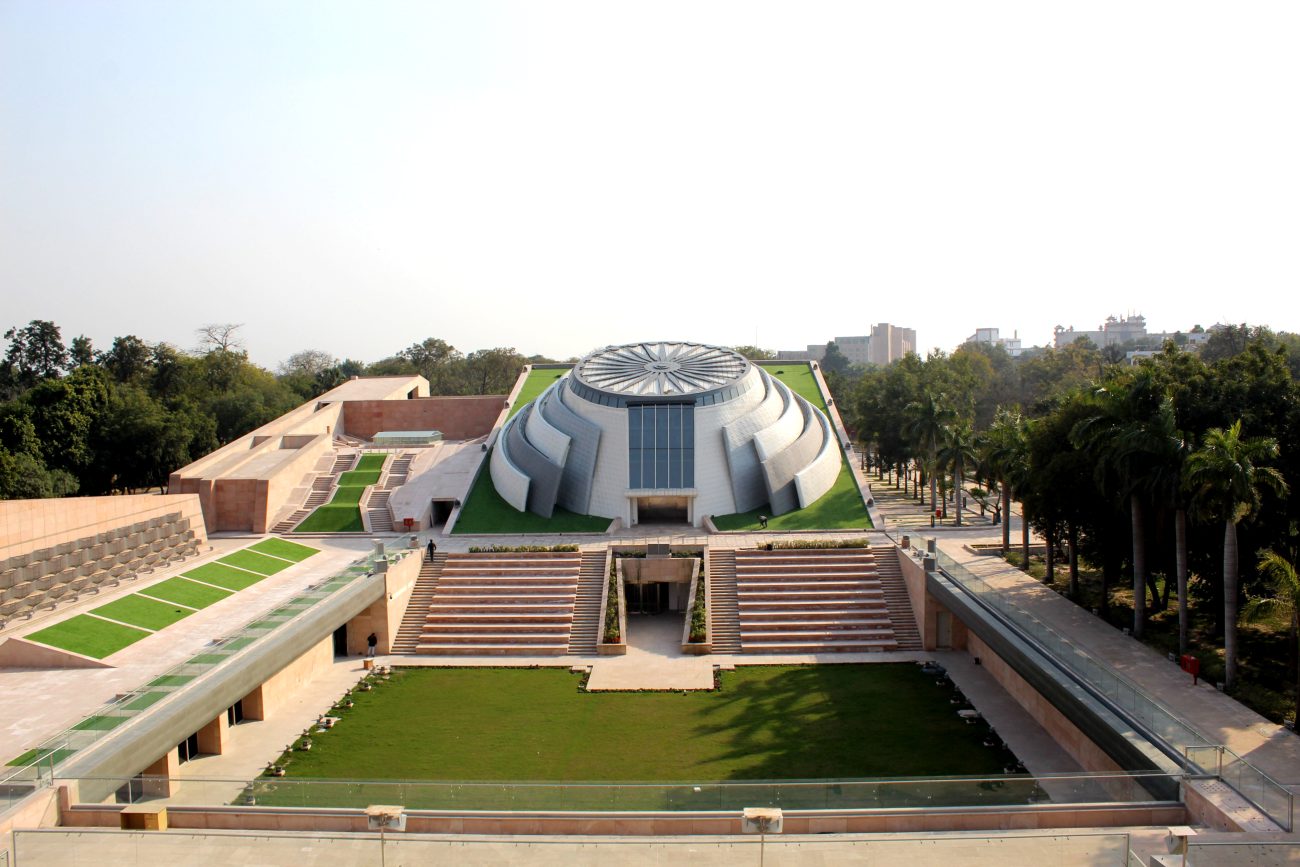
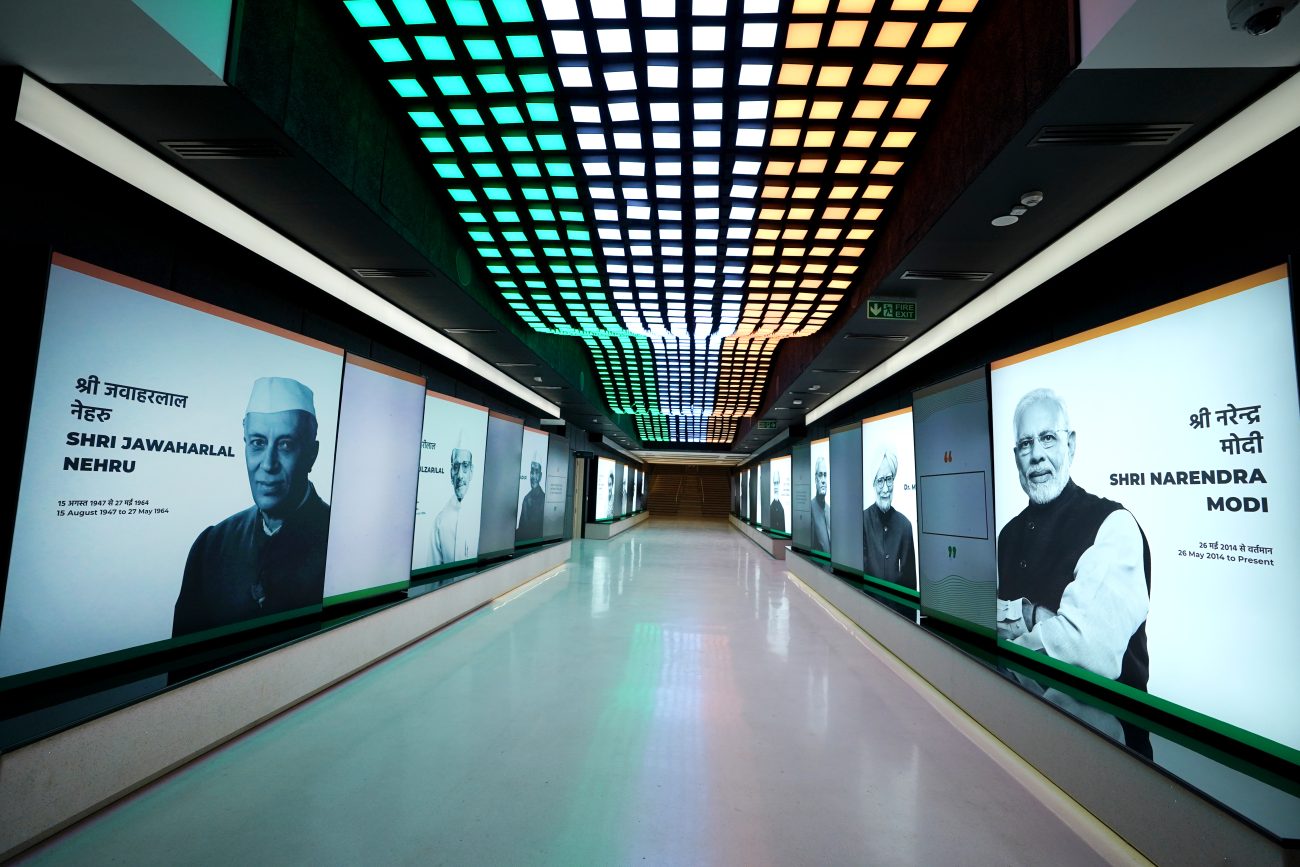



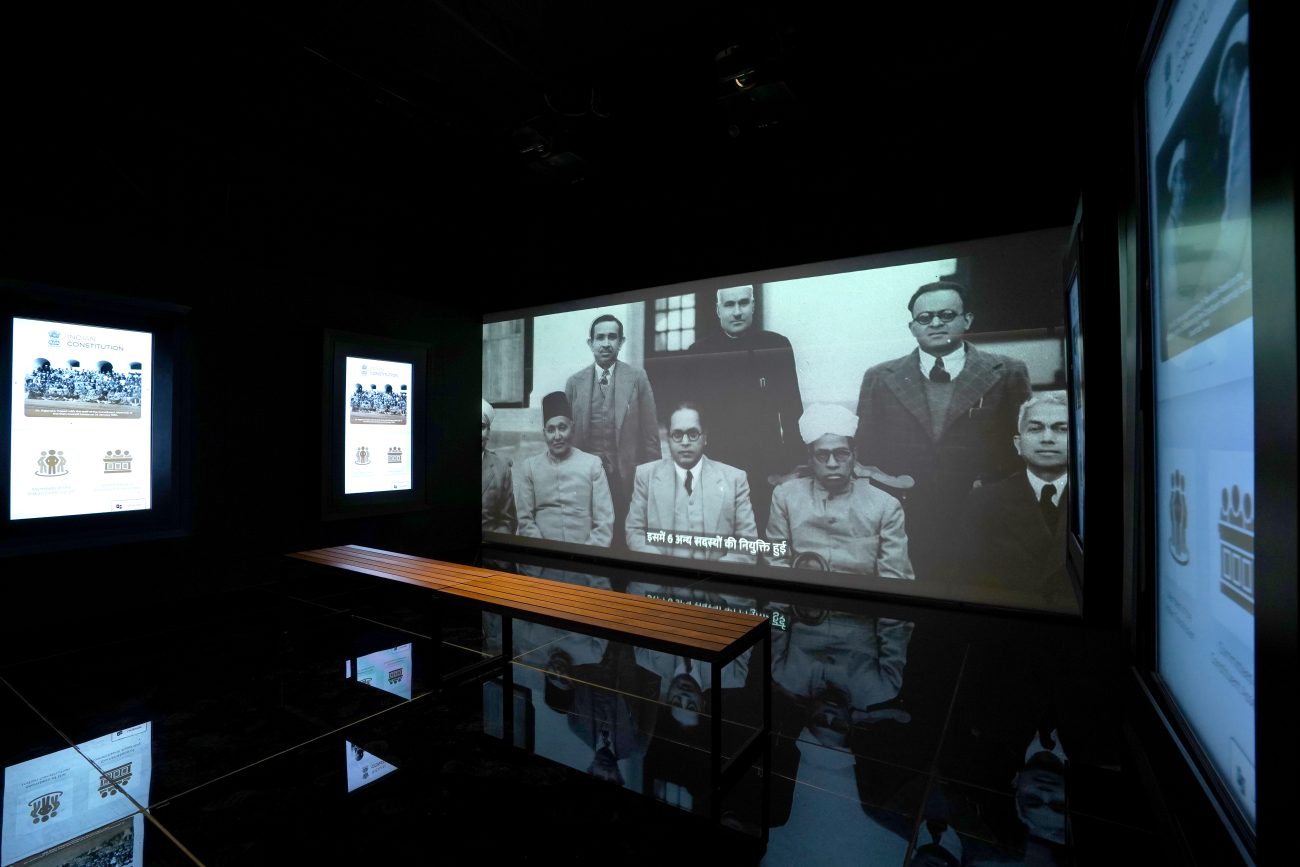
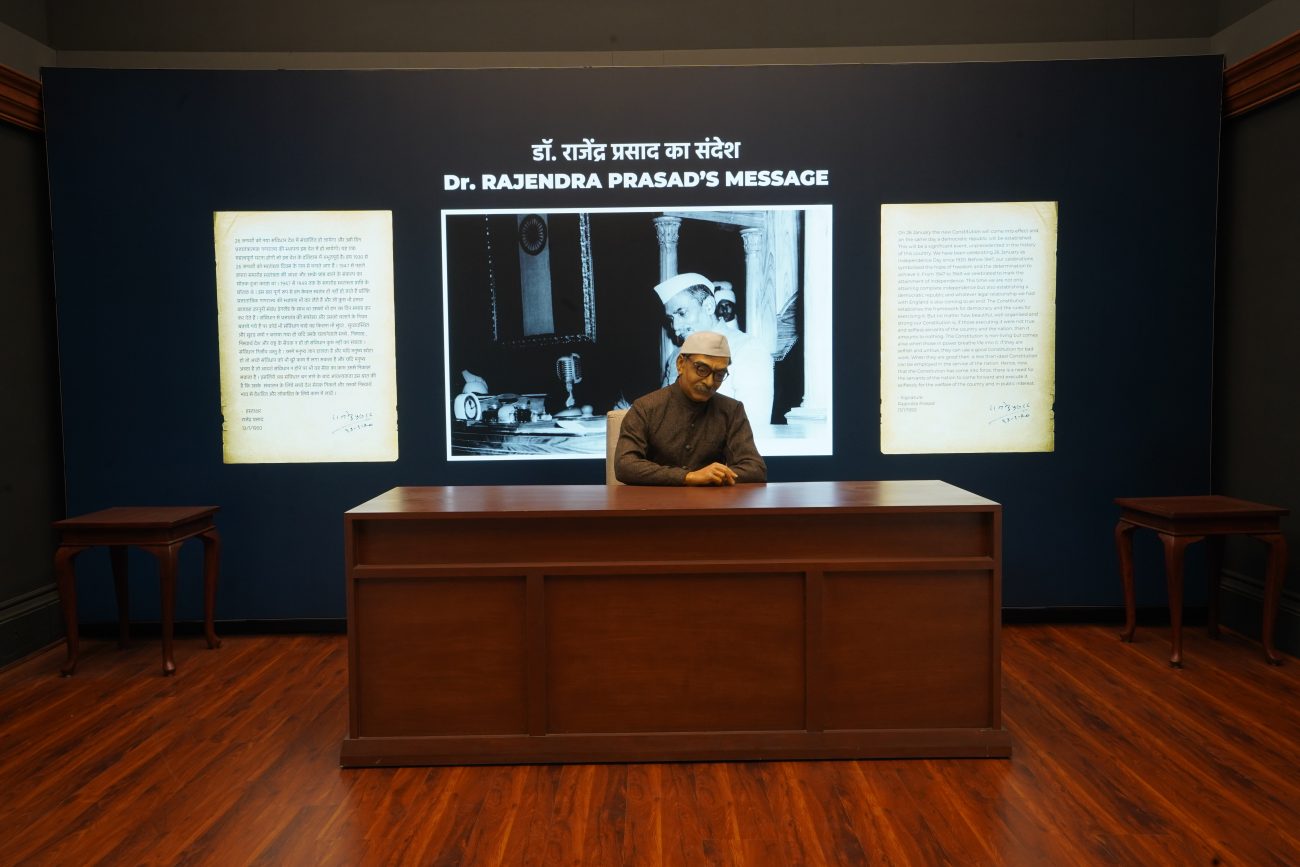

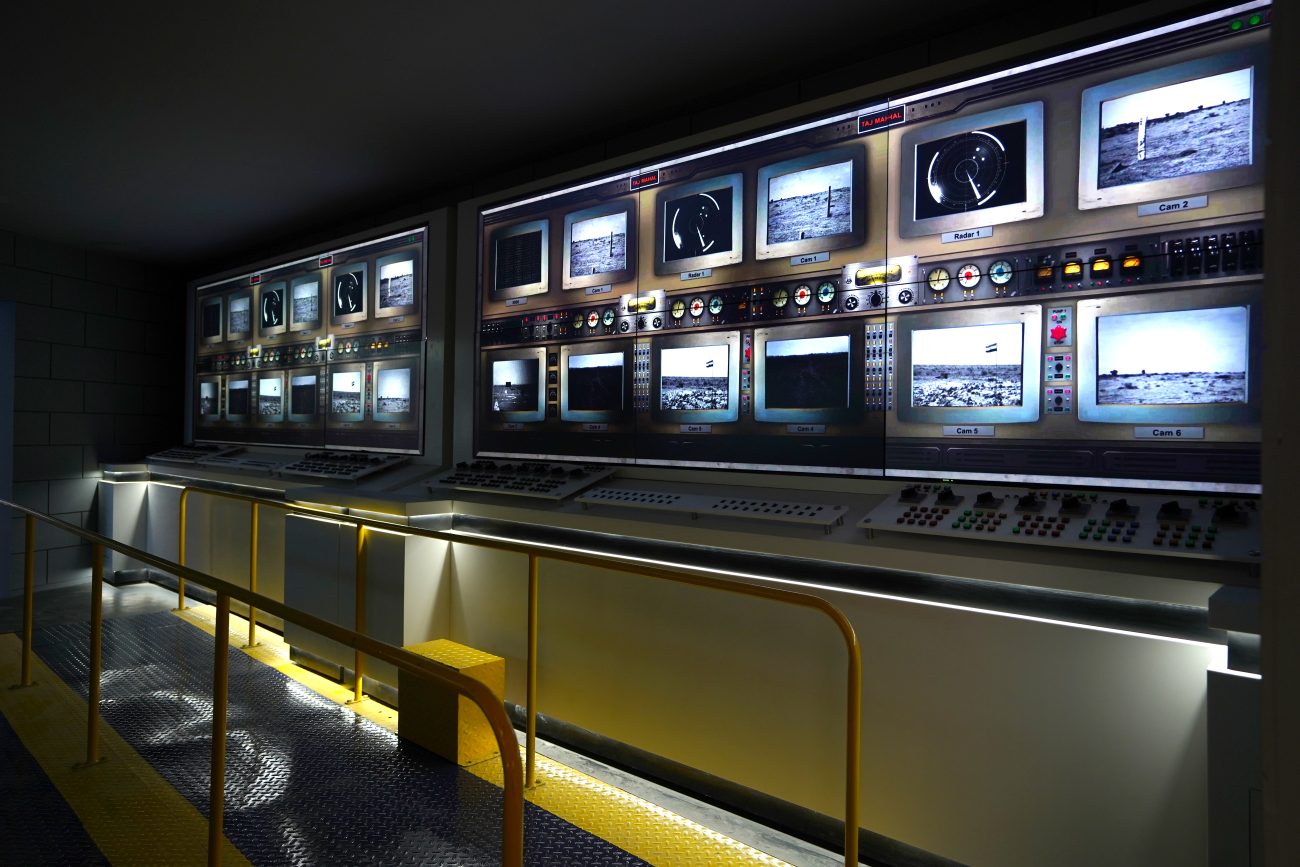
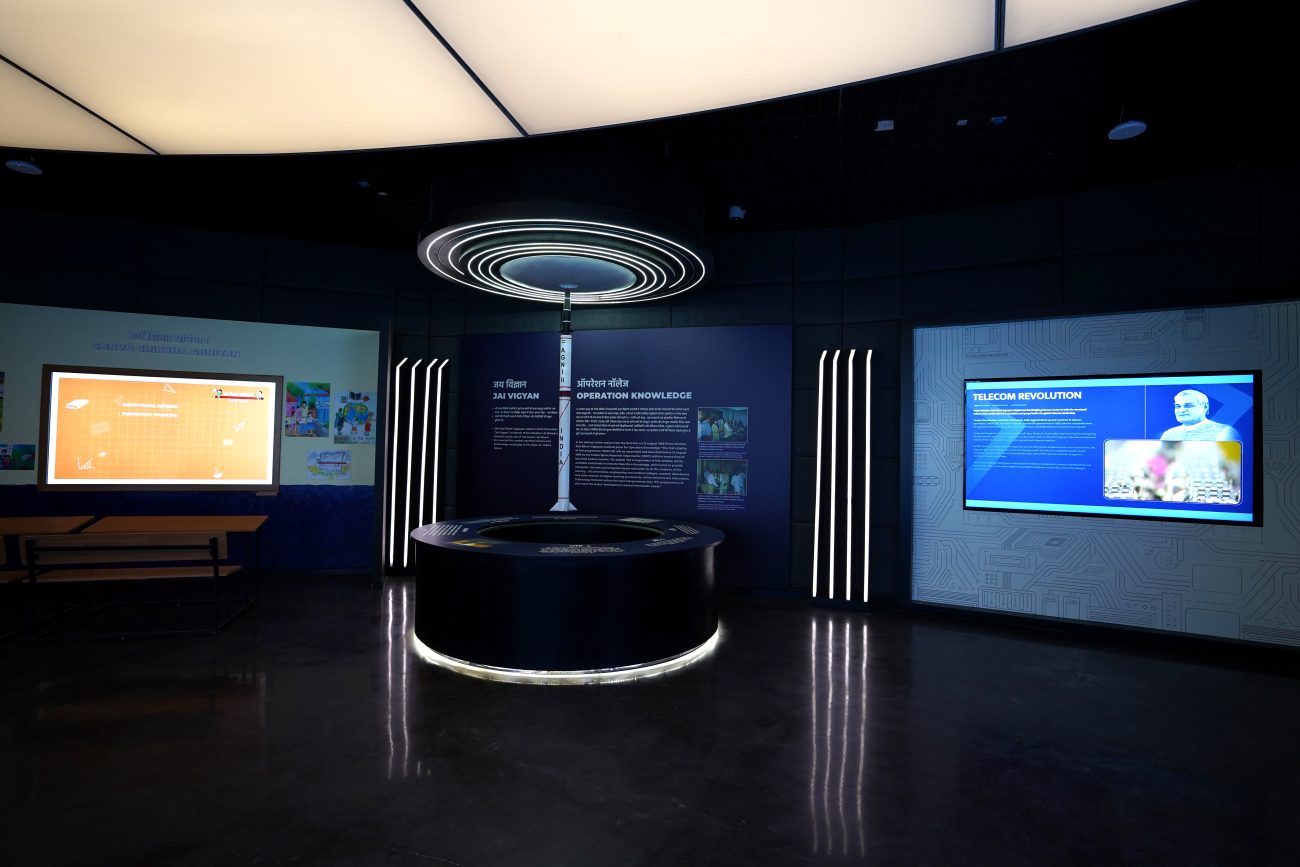

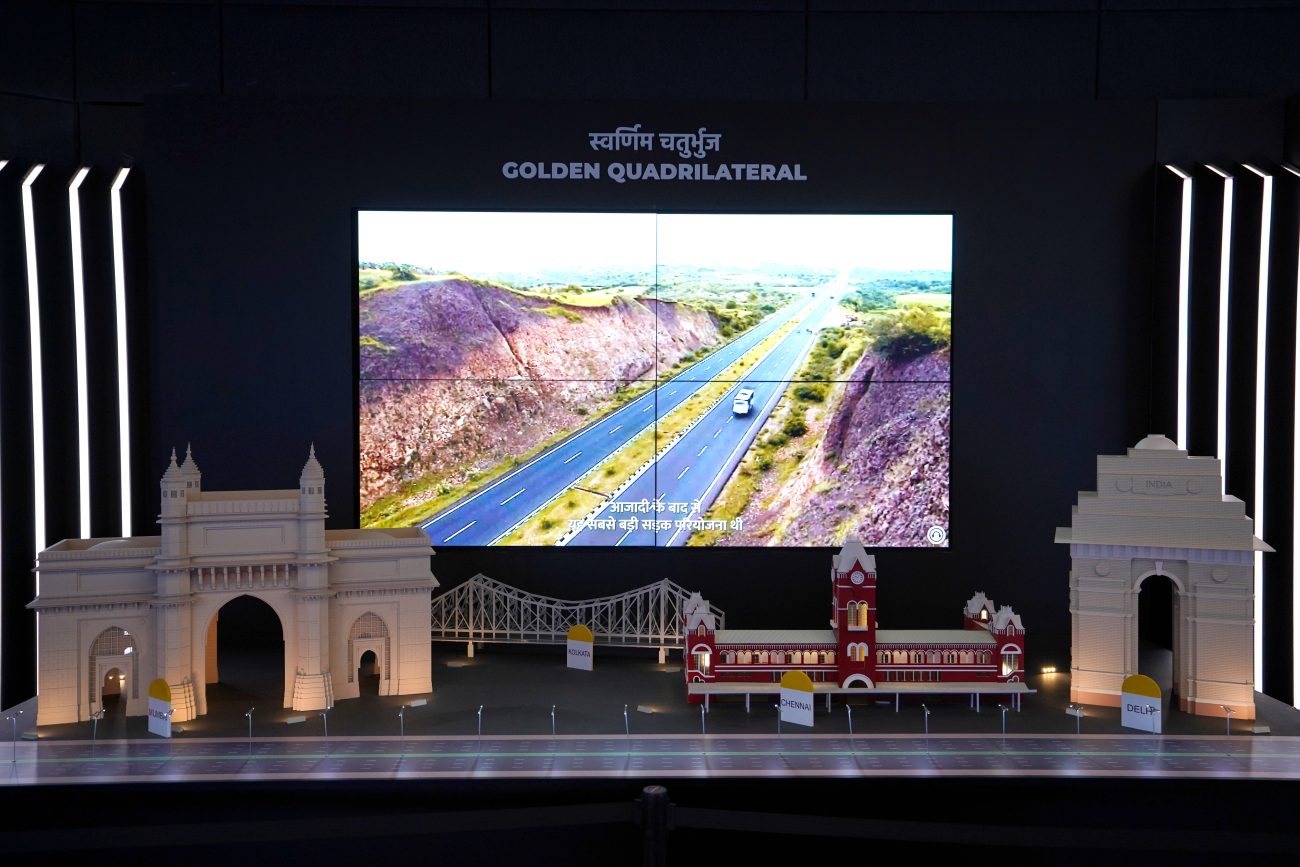


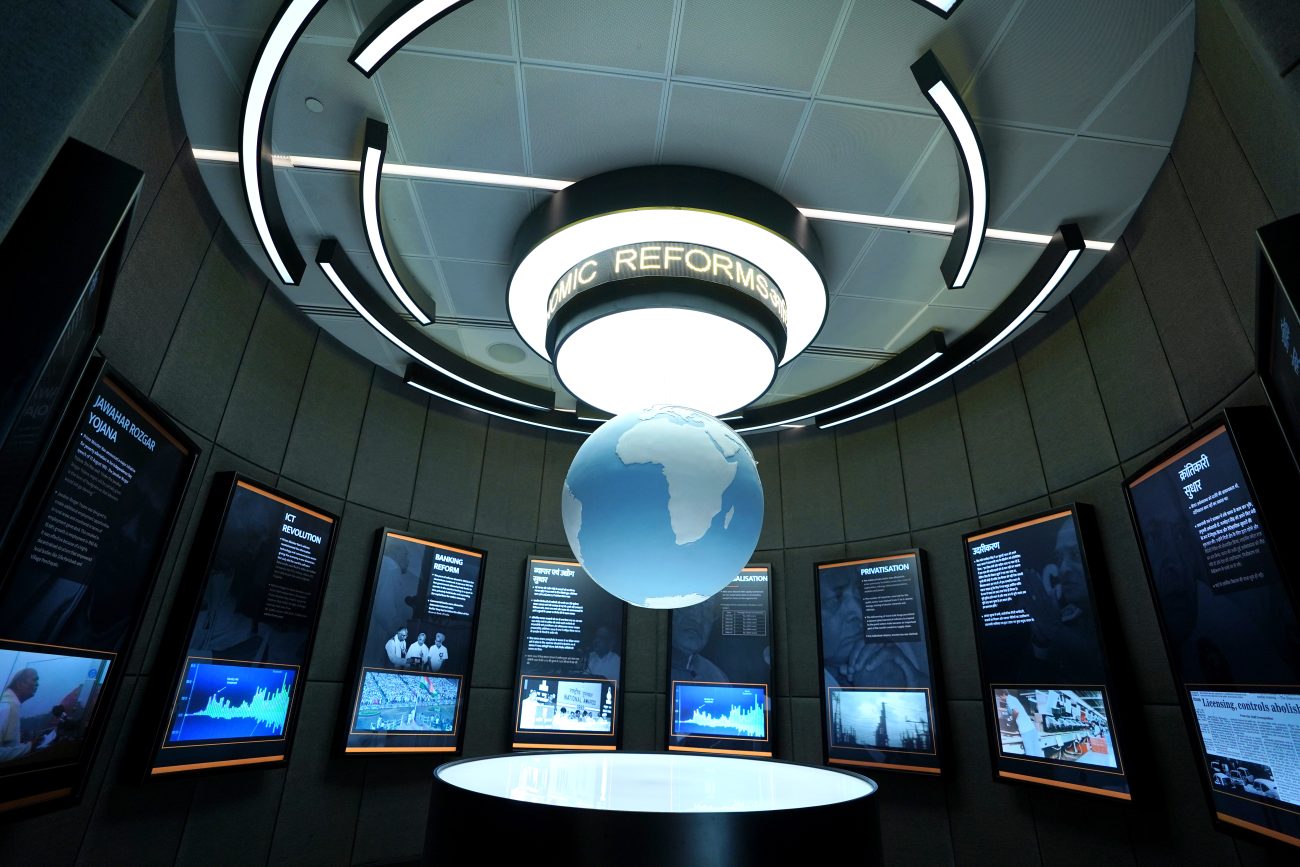
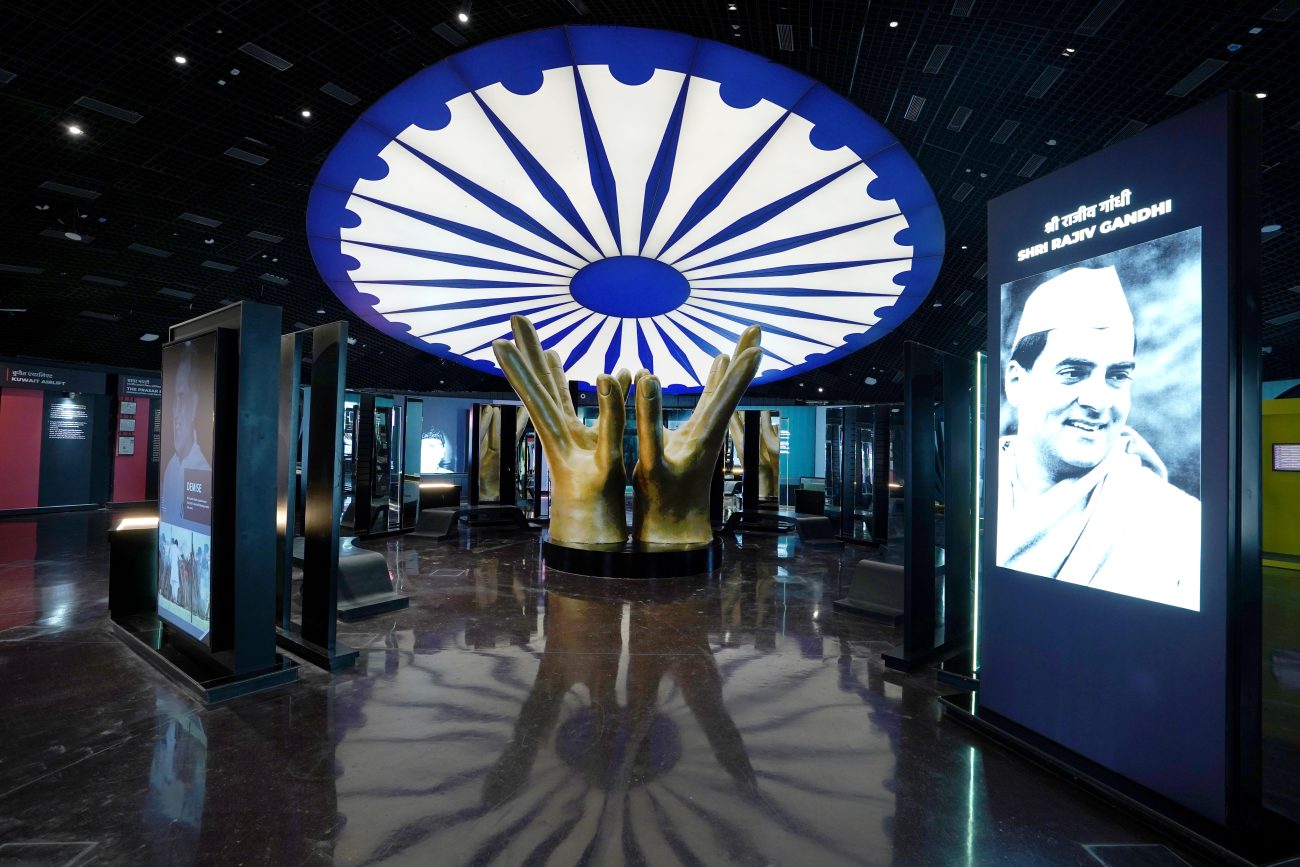

Digital transformation challenges
The team has taken a balanced approach to setting up the PM Museum. “The journey of India in the last 75 years is very serious. We cannot have these new-age technologies because there is a learning curve for visitors to learn them and then adopt them,” he added, saying that they have installed PCO booths, where some visitors can pick up the phone and can dial to listen to various achievements.
Bhaik said that one of the main challenges they faced while executing this project was allocating time for each narration, story, and achievement, divided among different prime ministers. “For example, in the case of Lal Bahadur Shastri, his tenure was only two years, but the events were very impactful,” he added, citing the Green revolution, the White revolution, etc.
In this case, the team leveraged analytics and divided the impacts, achievements, and stories into different categories and visualisation (pie charts) and shared them with the visitors. Bhaik said various design, multimedia, and technology techniques were used to give the audience a very personalised experience. “It depends upon the topic,” he added.
These are just some of the few highlights of how they leverage advanced technologies to transform the PM museum digitally. “This museum is 90 per cent digital,” said Bhaik, “Meaning, if we were to show something else, it could be transformed.”
Further, he said that the entire setup runs on ‘museum management software (MMS).’ “The reason why people don’t go to digital museums is because of their maintenance. You have to maintain so much hardware; sometimes, the projector can go off, LED lights malfunction, etc. So, through our software, we are monitoring everything. If anything goes down, we get an alert,” said Bhaik.
Further, he said from the data gathered from museum management software, they will be running AI/ML to identify popular exhibits, popular events, etc., thus, helping them manage the museum better.
What’s next?
“The adoption of new technologies is very low in India,” said Bhaik, recalling his initial days when they had their first clients in Dubai, Singapore, and the Middle East. He said that previously they did have Indian clients, but they were from the private sector, but recently, things are changing with the current government.
Recalling his conversation with PM Modi, Bhaik said: “One thing which motivated me was after Britishers left us, we Indians stopped dreaming big. So he urged us to do something big – it can be the biggest statue in the world, the biggest stadium in the world, etc.”
“I have visited most of the museums in the world. Today, people say that this [Pradhan Mantri Sangrahalay] is one of the best in the country,” said Bhaik, saying that the adoption of new technologies in India is growing because India is changing. He said this museum has become a good platform to showcase technology.
Sharing the roadmap, Bhaik said that they are working on developing a ‘Museum on Gita.’ Next month, the team is also launching Sri Satya Sai in Brindavan, Bengaluru. “We have been working on it for about one and a half years,” he added.
He said they are also building a virtual platform called Temple 360, which connects to all the popular temples across the country, close to 500 of them. “So, any day, any visitor can come in and log in to see the temple and attend the ceremony,” said Bhaik.
Additionally, the Tagbin team is also entering the metaverse universe. It is planning to build a museum in the metaverse, where visitors can own the virtual artefacts and rare collectables in the form of NFTs. “This museum in the metaverse will become one of the largest because India has a bigger collection than the British Museum,” he added, saying that they are working closely with the Ministry of Culture, GoI, with this initiative.






